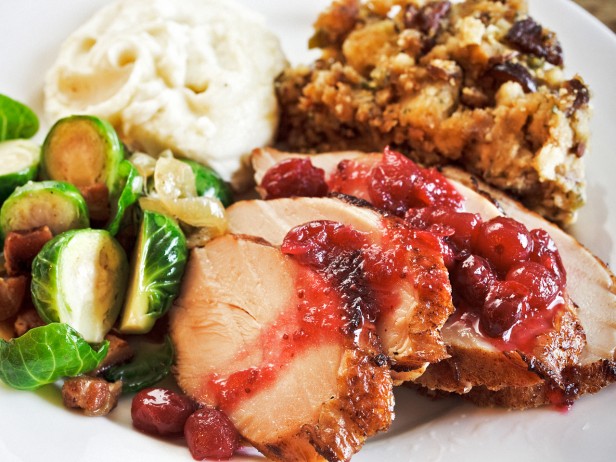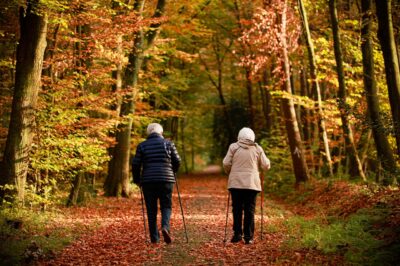
“Cooking is like love. It should be entered into with abandon, or not at all.” – Harriet Van Horne

Eating is a necessity. Cooking is a choice. Entered into with full gusto and passion, there can be great joy and fulfillment. For me it is an expressive outlet; an opportunity to be creative and nourish the ones I love. I enjoy the way it engages all of my senses. I love the colors of bright yellow turmeric powder and reddish brown cinnamon melting into butter. The aroma of a teaspoon of herbs or spices can fill a home and makes it feel warm and inviting. Background jazz sounds of bass and piano blend with the sizzles and pops of sauteing on the stove top; along with the drumbeat of the knife on the chopping block. Peeling fresh ginger and garlic offers tactile pleasure. I enjoy every part of the cooking experience from the planning and prepping, the presentation, and finally the meal. Cooking is an opportunity to nurture and care for the people I love. It is also a creative outlet, an edible piece of art. The significance of Thanksgiving makes it a perfect time to practice mindfulness. Traditional Chinese Medicine allows us to combine our gratefulness and thanks to each part of this occasion; by adding specific ingredients, we can combine the healing practice of “food as medicine”; prepare the food with care; and enjoy it in good company.
When we prescribe Chinese herbs at our clinic, our clients sometimes voice fears or concerns about taking something unfamiliar. There is a great sense of relief when they read the side of the bottle and see many of the herbs in their prescription are herbs known to be used with cooking. The Chinese have always seen food as medicine. In fact, all of the herbs mentioned in my cooking experience above are used in a Chinese kitchen to help family members with their specific ailments. It is mindfully and intentionally added to their dish. A few examples are when people are sick, for aches and pains, postpartum, and as preventative care.
- Turmeric is considered a “blood mover” used to improve circulation and alleviate pain. In fact, many doctors now recommend it to patients for arthritis. It can be purchased in capsules at health food stores. Typically, in an American kitchen, turmeric would be used occasionally, and in small doses as part of a recipe, but for those growing up in a traditional Chinese household, the herb would be put in a dish with the intention of “moving the blood”, and reducing pain.
- Cinnamon comes in two medicinal forms: the twig is used to help alleviate musculo-skeletal pain and to strengthen the immune system’s response against viruses. The inner layer of the bark of the trunk is used to help warm the body and revitalize the adrenal system.
- Fresh ginger strengthens digestion, alleviates nausea, and helps harmonize and balance the interactions of herbs in a Chinese formula. In cooking, ginger can help to balance a formula. For instance, ginger is commonly eaten along with sushi for two reasons: it is a warm herb eaten with cold food, thereby “heating up” digestion; and it also has anti-bacterial qualities to kill any bugs from eating raw fish. When baked, ginger has an even stronger warming property and can help the digestive system recover from diarrhea, and aid the lungs in reducing phlegm. In China, ginger would be added to a soup or a tea specifically to treat these symptoms.
- Cloves and nutmeg are two more medicinal herbs that have warming and digestive supporting functions. When we take all of this into account, it makes sense we end our Thanksgiving meal with pumpkin pie spiced with ginger, cinnamon, cloves, and nutmeg!
- Cardamom and Fennel are considered aromatic herbs said in Chinese medicine to “awaken digestion”. Small simple changes will have a big impact. At this year’s Thanksgiving add cardamom to your mashed sweet potatoes.
In addition to choosing the appropriate ingredients, we can benefit from the right mindset and attitude while cooking. When we pay close attention to the smells, sounds, taste, visual presentation, and feelings of cooking, it becomes an opportunity to let go of the To Do list, and focus on the ritual and meditation; we get into “the flow.” This focused mindset has a calming effect. Besides eating healthy and exercising, have you ever considered that the practice of cooking could actually lower your blood pressure?
Choosing to set aside the time to focus on cooking has the added benefit of turning a daily task into an exercise in mindfulness.
If you have fears or reservations around cooking, the best thing to do is to hop in and try. Some people learn best from videos or the cooking channel, others, like me, prefer to learn in a relational and kinesthetic way. I have always loved food, but it was not until recently that I became a good cook. I learned from friends, watching them, asking them, and cooking with them. At a certain point I felt a little more competent and began to experiment. There were a few disasters, but most things turned out well and my confidence grew. “Most enjoyable activities are not natural; they demand an effort that initially one is reluctant to make. But once the interaction starts to provide feedback to the person’s skills, it usually begins to be intrinsically rewarding.” This is useful insight when preparing to push the edge of your cooking skills.
With increased familiarity of the healing properties of herbs, the line between preparing food and medicine will start to blur. You will find yourself making nourishing meals that provide you with energy and vitality.
Honoring and appreciating the food we eat is essential to our health. The way we eat influences digestive functions. When stressed or rushed, the “fight-or-flight” aspect of the nervous system is active and the body is focused on movement and action, not on digestion. The parasympathetic “rest-and-digest” aspect of the nervous system is active when we our relaxed and calm.
Shifting into the parasympathetic before eating can be as simple as pausing, taking three deep breaths, and expressing gratitude for the opportunity to eat (silently or out loud). In this way eating becomes an opportunity to allow ourselves to be nourished on more than just a physical level.
As we prepare for the Thanksgiving and holiday seasons, we can choose to take moments both while cooking and eating to experience how nourishing ourselves and those around us is healing.
There are many ways to be creative with cooking. Most importantly, give it a try. There are so many ways to hop in. Remember cooking is about more than food. Whether it is in your kitchen, or in a formal class, invite a friend to join in. You will form lasting memories, and bond over your tasty delights and your total bombs. Either way, you will laugh.
Try a new food or use spices you’ve never used before I recently experimented with nigella seeds, also known as black cumin. It was delicious.
It’s Squash season! This is my new favorite recipe from the vegetarian cookbook “Plenty More” by Yotam Ottolenghi:
1.5 tbsp. unsalted butter
1 tbsp. olive oil
1 large red onion, halved, thinly sliced
1 large butternut squash, peeled, seeded, and cut into 1 inch squares
3.5 tbsp. pumpkin seeds
1.25 tsp nigella seeds (you can get these at Savor on Broadway between Pearl and Spruce)
0.5 tsp. ground cumin
0.5 tsp. ground coriander
0.5 tsp. ground turmeric
4 cardamom pods, lightly crushed
1 large cinnamon stick
1 green chili, halved lengthwise
1 tbsp. superfine sugar
1 scant cup of vegetable stock
0.75 cup Greek yogurt
1 tbsp. cilantro chopped
Salt
Preheat the oven to 425 degrees F
Place the butter and oil in a large sauté pan over medium heat. Add the onion and fry for about eight minutes until soft. Add the squash and increase the heat to medium-high and cook for another ten minutes, stirring occasionally, until it starts to color. Remove from the heat and add pumpkin seeds, 1 teaspoon of the nigella seeds, the cumin, coriander, turmeric, cardamom, cinnamon, chili, sugar, and ¾ teaspoon salt. Mix well and transfer to a baking sheet large enough to hold the vegetables in a single but snug layer, about 10 x 12 inches. Pour the stock over the squash and roast for thirty minutes, until the squash is tender. Set aside for about ten minutes: the liquid in the pan will continue to be absorbed.
Serve warm, with yogurt spooned on top or on the side, along with sprinkling of the cilantro and the remaining ¼ teaspoon nigella seeds.
As herbal practitioners, we enjoy offering suggestions for recipes, great books, and simple herbal suggestions that can lead you to better health and better energy. Please ask us, we are ready to help.
We love hearing your ideas! Please share your favorite recipes on our Facebook page: Acupuncture Clinic of Boulder!
If you really want to make a friend, go to someone’s house and eat with him . . .the people who give you their food give you their heart. – Cesar Chavez
. Csikszentmihalyi, Mihaly , Flow: The Psychology of Optimal Experience
Noah Goldstein, L.Ac., Dipl. O.M.



